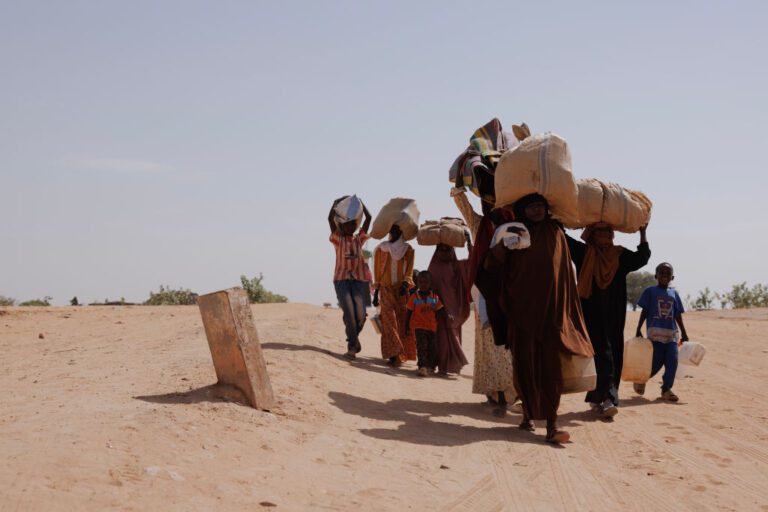As Africa faces a growing displacement crisis, local churches are increasingly stepping into the gaps left by reducing international aid, according to participants in a recent roundtable organised by the Partnerships of Refugee Highways Africa (RHP Africa).
The event, held in Nairobi in April, brought together 32 ministries leaders to serve those forced to evacuate throughout the continent and beyond. The assembly is intended to reflect the Church’s new role as a key responder to the needs of refugees, internally displaced people (IDPs) and asylum seekers.
Africa has over 45 million forced people as of 2024, an increase of 14% from the previous year, almost twice the number recorded in 2018. This crisis is driven by ongoing conflict, climate disasters and political instability.
Globally, more than 120 million people, including around 44 million refugees or asylum seekers, were forced to flee their homes, according to the United Nations High Commissioner for Refugees. The majority of the displaced people are in Africa. East Africa and the Great Lakes region have displaced more than 5.4 million people, with Sudan alone accounting for nearly 2 million, making it the continent’s biggest refugee crisis. West and Central Africa house around 3.3 million people, while South Africa houses 10 million refugees and asylum seekers.
Local churches are filling the blanks as traditional donor funds decline. Roundtable participants shared in-person accounts of the faith community that provided land, mobilised resources and provided essential services to those in need.
Rev. Clement of Chad explained that the congregation is sacrificing his resources to support refugees. In Uganda, the church is leading the way in providing trauma care. This is a role once fulfilled by non-governmental organizations. Salome, South Sudan, speaks of the death of women in the food queue, highlighting the urgent need for sustainable community-based responses.
Participants highlighted the transition from emergency assistance to long-term sustainability and resilience. Initiatives such as tailoring, photography and agricultural skills training are equipped with practical tools for self-sufficiency for displaced people.
Programs like him have international ministries like me, me, working with women and young people in refugee camps, promoting resilience and hope in difficult situations.
As resettlement options for the third country decrease, Africa-led models such as the Kenya Silica Program and Uganda’s Comprehensive Refugee Response Framework (CRRF) are considered. However, challenges remain, including concerns about politicization and lack of meaningful community consultation.
Education was identified as a key gap in the current humanitarian response. In response, the church-led initiative is incorporating sports, arts and youth programs to address the needs of displaced people and youth.
“From the roundtable, we can see organizations using football to connect refugees and create spaces for dialogue and spiritual growth,” one participant said. Another added: “The hope that such like-minded ministries can build the capabilities of the Church is hope.”
The Round Table highlighted the growing confidence among participants that not only should the church be able to meet pressing needs, but also help to build long-term solutions rooted in the community.
